SaaS marketers have a tough job.
Marketing is hard. But what about marketing something that has no physical presence? Or marketing something that is constantly changing? Or marketing something that has some goofy name? Or marketing something that only about 20 B2B companies will be interested in? Or marketing something that doesn’t even make sense to the average person?
You get the idea.
SaaS marketing is not for the faint of heart. It’s challenging. And it is critically different from virtually every other type of marketing that the world is aware of.
In this article, I want to point out some of those differences. I want to do something else, though. I want to highlight some of the inherent advantages of SaaS marketing, that just maybe will help you do your marketing job a little bit better.
Giving away free stuff is actually a good thing.
If you were selling physical merchandise, you would not give away a ton of free stuff. A few free samples for the retail store? Maybe. A direct mail promo with a sliver of a sample? Maybe.
But giving away the full product? Never!
But that’s exactly what SaaS marketing should do. Giving away a free product or service is one of the most standard and widely-accepted SaaS marketing strategies. The “free trial” is a strategic marketing strategy for SaaS customer acquisition and onboarding.
The free model has dozens of iterations — free trial, trial-to-paid, trial with credit card information, trial with no credit card information, freemium model, 90-day free trial, limited version free, etc., etc. The common feature is free. Free is the oil of the SaaS marketing engine.
You’ll see this just about everywhere you look. If you want any type of SaaS product, chances are, you’ll see a free trial option somewhere.
Here’s the landing page for Visual Website Optimizer.
SproutSocial provides social media monitoring.
Giving away your product for free — as long as you have a strategy — is a great approach for SaaS marketing.
The sales cycle is remarkably short.
“B2B sales” is synonymous with “long sales cycles.” I work with companies who consider a 12-month sales cycle to be a rapid process.
But In the SaaS world, 12 months is like an eternity.
SaaS sales is all about rapid sales. Peter Cohen, managing partner of SaaS Marketing Strategy Advisors wrote this, which I think is spot-on.
When [SaaS customers] need a solution, they do some online research, maybe ask a colleague, try the solution or watch a demo, and then buy. The whole process might take a few days, maybe a few hours. There’s no long, drawn out sales engagements, RFIs and RFPs, head-to-head “bake-offs,” contract negotiations, blah, blah, blah. Customers find it, they see it, they like it, they buy it. Done.
You won’t find schmoozing, expensive sports events, fancy wine tastings, or teeing off at an expensive golf club. The process of buying SaaS is quick, transactional, and done.
One of the things that makes the process so quick is the nature of software itself. Software is an ever-evolving arena, with constant changes, advances, and setbacks. If a sales process lasted six months, there would be at least twelve iterations of the software within that span of time.
Self-service SaaS is also a quick-pace buying environment. As outlined by Joel York, the low price and low complexity of most contemporary SaaS provide for easy decision-making.
The way to increased revenue, value, and profit, is a higher velocity in the sales process.
A short sales cycle might make some buyers skittish, especially if they’re used to the sluggishly slow pace of non-software purchases. If you’re doing marketing, you need to provide as much reassurance and information as possible. But if you lose a few sales because the buyer “isn’t ready,” don’t sweat it. There are plenty of other buyers who will be ready to make their decisions in five minutes or less.
Your greatest asset is your information.
SaaS marketing depends on information.
It’s amazing how foundational this is, yet how often overlooked. Think for a minute about some of your favorite blogs and information sources. Do you realize that much of that information comes either from people who sell SaaS or from a SaaS provider?
Take, for example, Buffer. Their world-famous blog is actually an information product to support their social media service. Yes, they want you to read their blog. But more importantly, they want you to try their product.
Hubspot is a prime example of an information purveyor. Hubspot gets their marketing power from their information prowess.
If you are a B2B SaaS marketer, think of yourself in different terms from mere “marketer.” Think of yourself as an industry savant — the one who possesses and dispenses information.
If you’re blogging, tweeting, talking, posting, thinking, speaking, or otherwise doing your job, it should involve the propagation of information. Most SaaS is designed for the purpose of providing information. Thus, the main job of the SaaS marketer should be to provide information that leads to the source of greater information — the SaaS product.
Your customers are long-term.
Most of your revenue comes from your existing SaaS customers. According to Gartner, a full 80% of all future revenue will come from just a fraction (20%) of your current customers. If you increase your customer retention by only 5%, you can increase your business’s profitability by 75%, say researchers at Bain & Co.
Customer retention is critical to the SaaS industry, more so than all other industries. Christopher Janz makes the point in his article — learning more about your customer retention percentages and lifetime value is critical to SaaS marketing success.
When you tabulate and analyze this information, the true power and value of customer retention is overwhelmingly obvious.
There is power in retention, and you’re going to want to focus on retention more than you focus on customer acquisition.
You’re not selling a product as much as you are a service.
The acronym SaaS stands for “Software as a Service.” I propose that we place the emphasis on service. Yes, the software must be important, flawless, powerful, and awesome. But service needs to be upheld as the paragon of virtues.
Lincoln Murphy nailed it when he wrote, “When creating your SaaS marketing plan, you must understand that your business model of choice is a fully-integrated architecture where all aspects of the business — product, support, revenue model, and marketing — are tightly-coupled.”
Often, SaaS kowtows to the almighty developers and programmers. Those people are undoubtedly important. But the service providers — help desk, sales, bloggers, marketers, etc., — comprise the front-facing service component of a SaaS.
This has profound implications for how you spend your time and money. Sell your SaaS by promoting your service. Keep customer satisfaction paramount in your thinking and strategizing. Maintain a high touch frequency with existing customers. Heck, you can even send them a cake if you want to.
And, yes, that’s a real cake from a real SaaS company. FreshBooks, an accounting SaaS, sends cakes to its loyal customers.
It’s actually pretty simple. Your goal is to get your SaaS to sell itself.
We’ve made SaaS marketing more complicated than it really needs to be.
SaaS marketing isn’t that complicated. I know, I know what you’re thinking. “But what about customer retention, acquisition cost, MMR, CLTV, CLV, churn, multi-touch attribution analysis, linear attribution models, statistical algorithm implementation for attribution distribution credit via continual adjustment (wha-?), niche market awareness, and value proposition, and…?”
Calm down.
I’m not trying to be cavalier, but all those things actually take care of themselves once you’re able to settle on the most important things of all. Yes, you can and should keep them in mind for whatever reason, but they are not the focus nor the sum of SaaS marketing.
So, what are the most important things of all?
It’s easy. Get ready for it. There are only two.
- Awesome products.
- Killer support.
When you hone in on those two features, the rest of your marketing actually takes care of itself!
You’ll probably remain skeptical until you actually discover this for yourself. Make that insanely awesome software. Deliver home-run style customer service, with or without chocolate cakes, and watch your life get better.
Garrett Moon wrote this: “Great products, with a strong team behind them, sell themselves.” He described this as the “only one SaaS sales strategy you really need.”
How awesome is that? Software that sells itself? That’s what you have to look forward to as long as you’re unleashing awesome software and service.
Conclusion
Just as software is evolving, so is the marketing process for SaaS. It’s likely that in just a few months, this article will be outdated.
But I doubt it. Because in the final paragraphs, I believe I’ve summed up some of the most cogent and actionable advice for any SaaS provider 1) great products and 2) great service are at the core of a SaaS marketing strategy.
As it turns out, SaaS marketing does have a few things in common with other types of marketing, but nowhere else will you find the integration as tight and symbiotic as in SaaS marketing.
What are the unique aspects of SaaS marketing that you focus on?
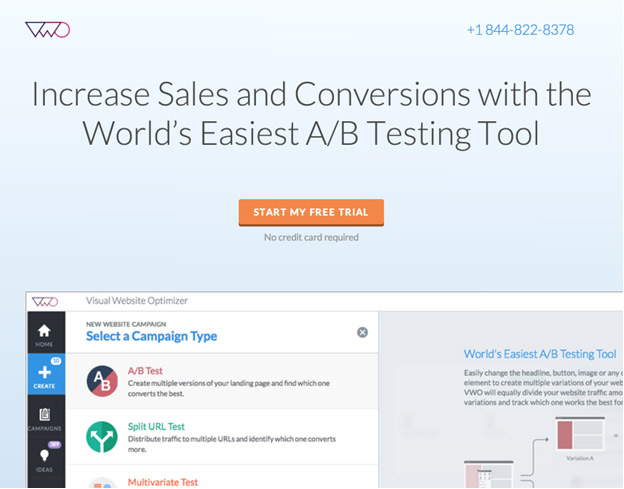
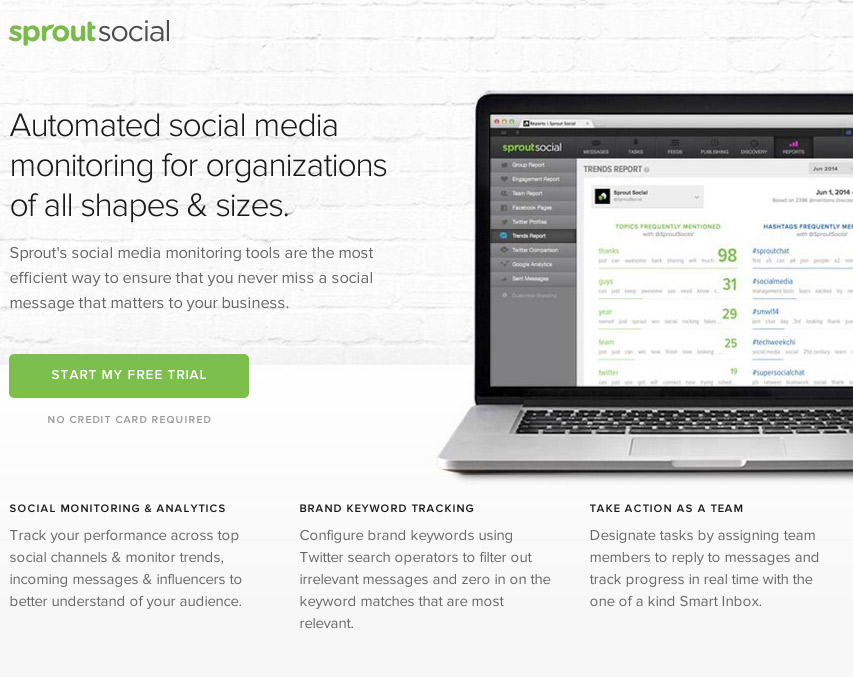
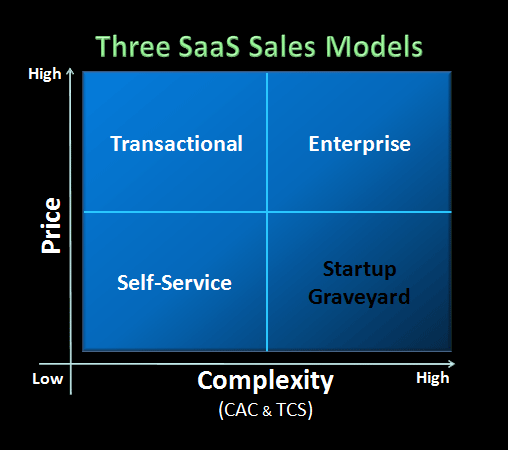
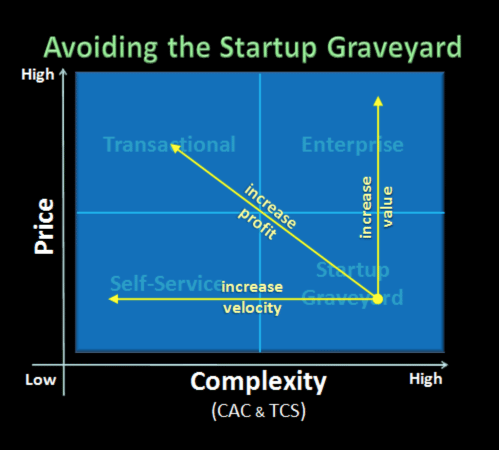
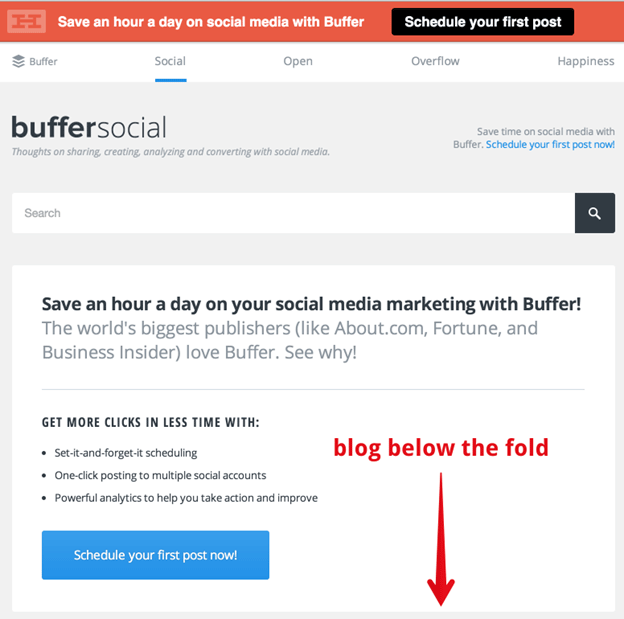
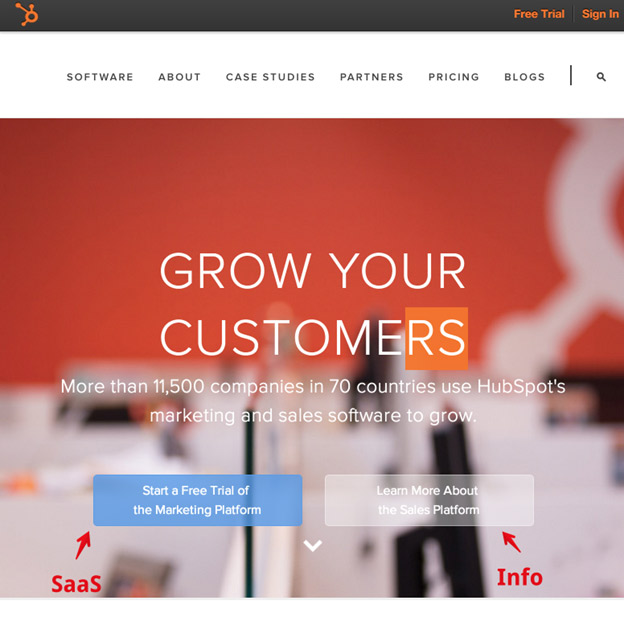


Comments (31)